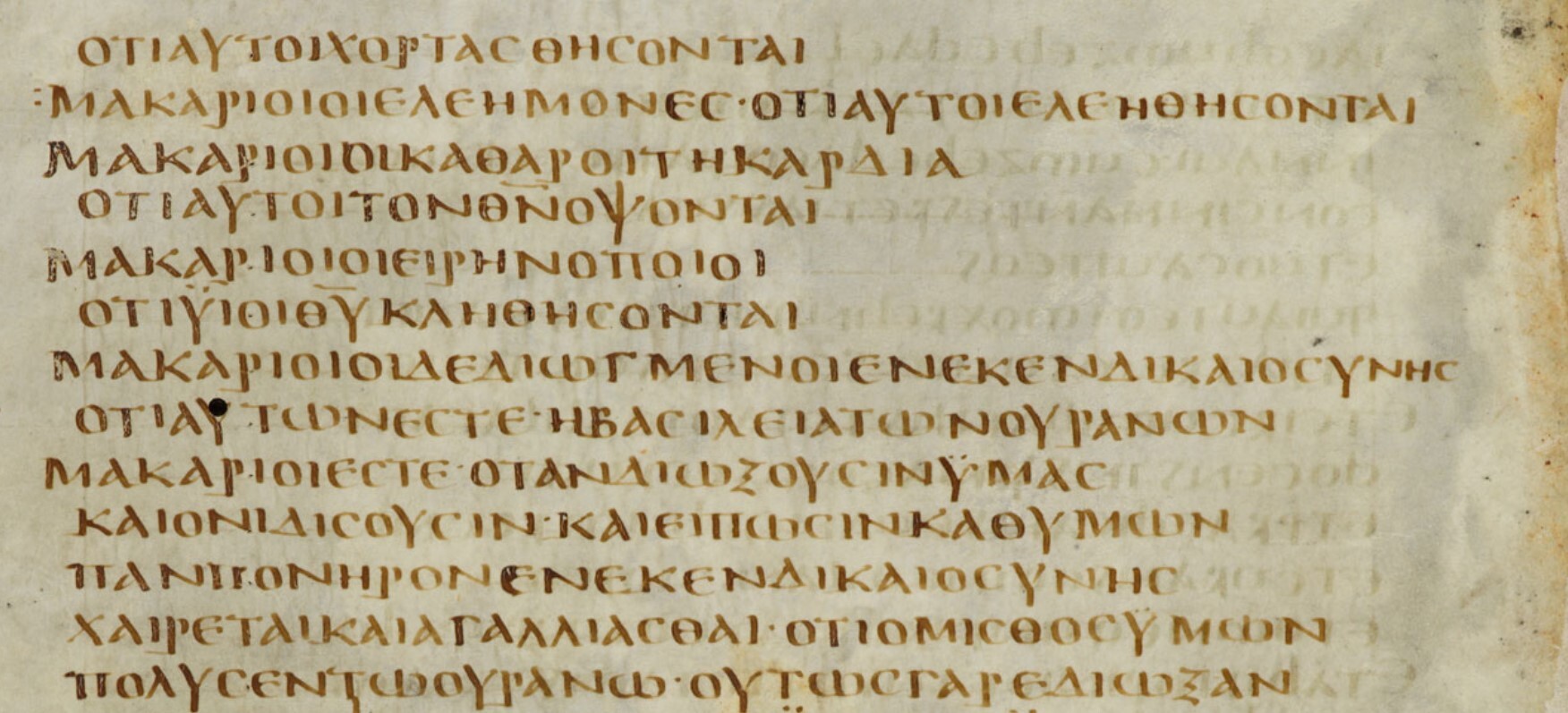Greek Ancient Majuscule (spaced)

Model details
Creator(s)
wilkenjonathan@gmail.com
Language(s)
Greek Ancient (to 1453)
Centuries
CER on Validation Set
2.5%
Size (Nr. of Words)
155,414
Model ID
45013
About this Model
This model is intended for ancient Greek Majuscule manuscripts. The initial data set consisted of three manuscripts of the Old and New Testament. These were the entirety of Codex Bezae Cantabrigiensis (Cambridge University Library Manuscript Nn.2.41) and Bibliotheque nationale de France Manuscript Grec 17 as well as the text of I Samuel - II Kings from Codex Alexandrinus (British Library Royal Manuscript 1.D.V). Though note that, due to access restrictions, images used for the text of Codex Alexandrinus were taken from the 1881 facsimile edition published by the British Library. Since this model was built specifically to handle majuscule manuscripts, Greek capital letters were used to represent the characters. The model was trained only to extract text and no other features. The model was not trained to represent punctuation, accents, breathings or any diacritical marks. Nomina sacra and numerals represented as written (e.g., ΙΗΛ not resolved to ΙΣΡΑΗΛ). However, ligatures and other abbreviations are resolved (e.g., abbreviations of ΚΑΙ, Ν written as a high horizontal line). The model was trained on transcriptions with spaces included between words. Thus, this model will produce spaced transcriptions (or attempt to do so) even for manuscripts written in scripta continua.
Try it out
Greek Ancient Majuscule (spaced) is freely available to everyone
You can use this model to automatically transcribe Handwritten documents with Handwritten Text Recgnition in Transkribus.